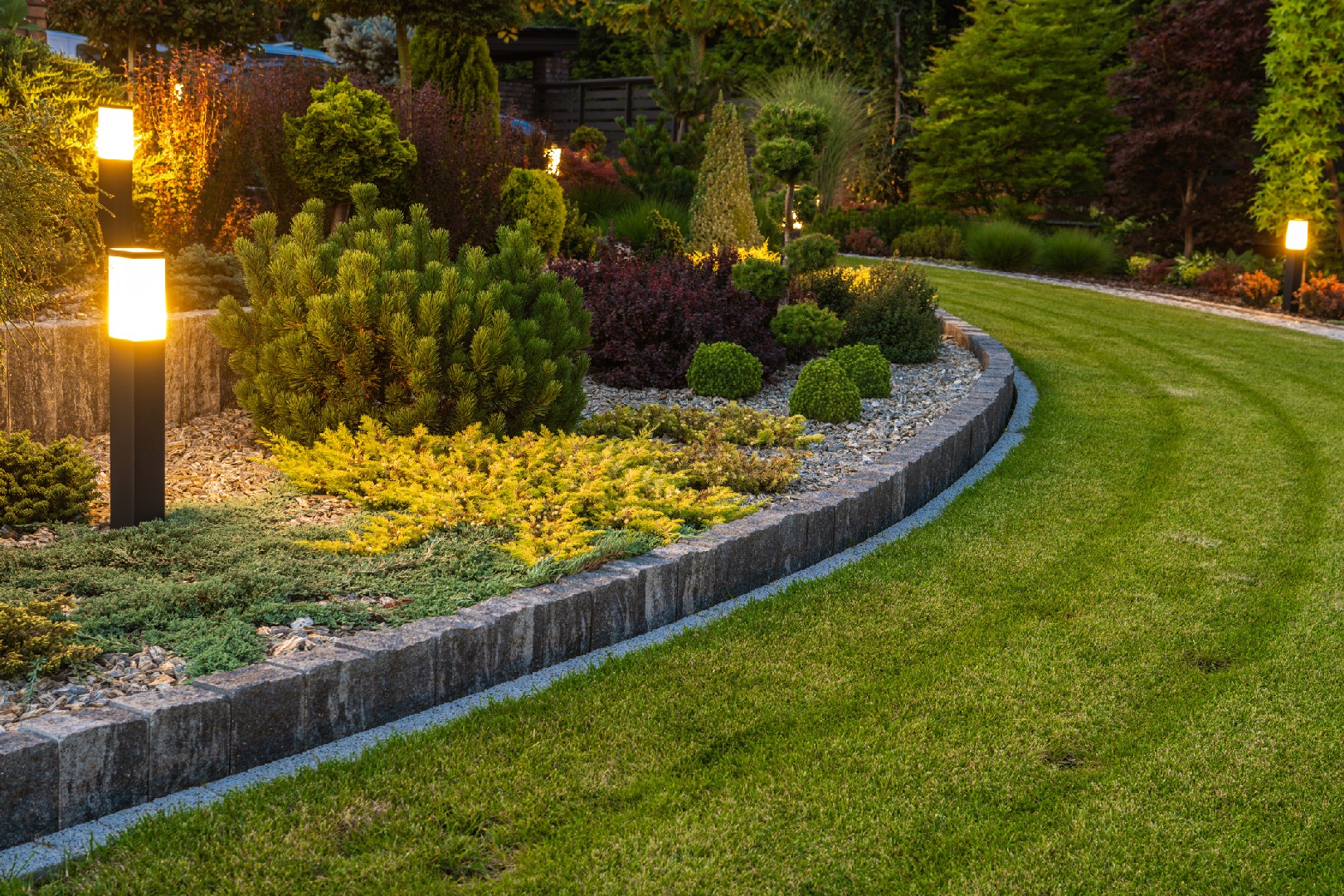![Rectangle]()
Understanding Your Garden Lighting System
A well-designed garden lighting system can enhance the beauty and functionality of your outdoor space. Whether you have a small backyard garden or a sprawling landscape, understanding the basics of garden lighting systems is crucial for their maintenance and upkeep.
There are various types of garden lights available in the market, each serving a specific purpose. Path lights, for example, are used to illuminate walkways and provide guidance during the night. These lights are typically low-voltage and are placed strategically along the pathway to ensure safety and prevent accidents.
Spotlights, on the other hand, are used to highlight specific features of your garden, such as statues, trees, or architectural elements. These lights are brighter than path lights and are often adjustable so that you can direct the light exactly where you want it.
In-ground lights are another popular option for garden lighting. As the name suggests, these lights are installed flush with the ground and can be used to create dramatic effects by illuminating plants, flower beds, or even the corners of your garden. These lights are typically waterproof and can withstand various weather conditions.
Now that you understand the different types of garden lights, it's important to be aware of common problems that can arise with these lighting systems. One of the most common issues is bulb failure. Over time, bulbs can burn out or become dim, affecting the overall illumination of your garden. Regularly checking and replacing bulbs is essential for maintaining an optimal lighting system.
Another common problem is wiring issues. Outdoor wiring is exposed to harsh weather conditions, which can cause corrosion or damage to the wiring. It's important to regularly inspect the wiring and make any necessary repairs to ensure that your garden lights continue to function properly.
Understanding how garden lighting systems work can help you troubleshoot any problems that may arise. These systems typically consist of a transformer, which reduces the voltage from your home's electrical system to a safe level for the garden lights. The transformer is connected to a series of cables that distribute the power to the individual lights.
By having a basic understanding of your garden lighting system, you can easily troubleshoot and maintain it. Regularly check the bulbs, inspect the wiring, and make any necessary repairs to keep your garden aglow all year round.
In conclusion, understanding your garden lighting system is crucial for its maintenance and longevity. Knowing the different types of lights and their purpose, being aware of common problems, and understanding how these systems work will help you keep your garden aglow. Regular maintenance and troubleshooting are key to ensuring that your garden lights continue to provide beauty and functionality to your outdoor space.





